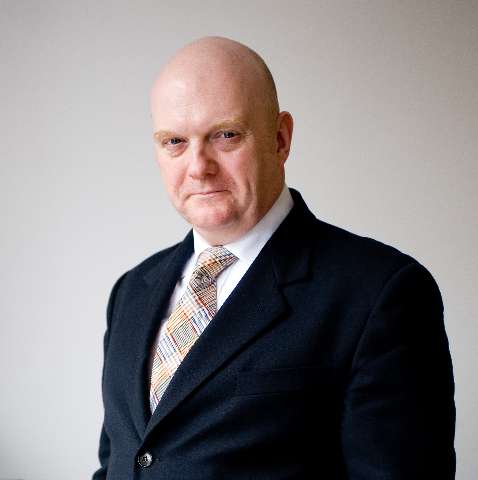Crystal Pite’s first full-length work for The Royal Ballet begins with a reprisal of Flight Pattern, her 2017 one-act ballet themed upon the refugee crisis, which has now been augmented by two new parts to create Light of Passage. Taken together, it is a work that touches many extremes: although unremittingly doleful and largely colourless, it is nonetheless monumental, a scale that is achieved exclusively through her management of a multiplicity of human forms. And, it is hauntingly (sometimes breathtakingly) beautiful in the way in which Pite constructs flowing movement to represent Henryk Górecki’s Third Symphony, known as the Symphony of Sorrowful Songs.
Like Flight Pattern before it, Light of Passage is an inclusive company ballet where the whole ensemble has a universal importance. It would have needed a doctor’s chit for any of the company’s artists to miss the show since around 40 of them are required for the first and final parts and only two of the company’s principals (Marcelino Sambé and Matthew Ball) appear amongst the crowd. Pite also makes use of a half-dozen Junior Associates from The Royal Ballet School amongst 18 professional dancers in the second part (Covenant) and two members of the Company of Elders, Isidora Joseph and Christopher Havell, join as guests for the final part (Passage).
The entire ballet lasts just an hour with a revitalised Flight Pattern at 30 minutes; the second part is just 10 minutes long with the finale, a further 20 minutes (understandably, there is a pause and not an interval between Parts 2 and 3). By definition, it is a full-length work but hardly a full-evening one since the curtain came down before 9pm. There is both musical and thematic similarity with Kenneth MacMillan’s Song of The Earth as a ballet based on a song cycle expressing the idea of life’s journey or a rite of passage and although MacMillan’s one-act ballet is longer than Light of Passage by contrast it always shares the evening with other works. It seems to me that with one codicil Light of Passage is similarly more suited to a one-act work, divided into three parts.
That codicil is really the lack of cohesion between Flight Pattern and the two new sections. The only thing that connects them is Górecki’s symphony and an overall layer of angst. The first part still comes with this striking resonance of a life and death struggle for displaced persons: firstly in the trembling mass of dancers clad in their drab uniform of grey coats and then in the specific focus on the plight of just two in their number through the travails of Sambé and Kristen McNally. Their poignant pas de deux – after the apparent loss of a child – and Sambé’s gut-wrenching solo is every bit as powerful as I recall from the Olivier-Award winning ballet of 2017.
Covenant begins with a child, alone on stage, running forcibly but on the spot. Eventually he is joined by the adult dancers and other children and in this brief section Pite plays with geometric patterns, creating lines of dancers through which the children promenade. Passage opens with another lone figure but at the other end of the age spectrum as Havell dances with his hands and arms before being joined by the other elder, Joseph, for a gently poignant, slow-moving duet. As the rite of passage reaches its climax, Pite goes for broke with her ensemble movement as her large corps de ballet seems to occupy more than the whole stage (from my seat in the Stalls Circle, it appeared as if they were continuing to dance in unison right into the wings) and kudos to the dancers for their precision. It was like seeing well-oiled machinery in perfect synchronisation.
Much of the enjoyment of this evening came through the excellent orchestral performance. Following Alondra de la Parra’s conducting of Romeo and Juliet and Like Water for Chocolate at The Royal Opera House, last season, another female conductor, Zoi Tsokanou, directed the House orchestra with intimate sensitivity. In keeping with the sadness in Górecki’s symphony the traditional, always rather triumphal, conductor’s entrance towards the podium (and associated applause) before each act was omitted. The singing of soprano Francesca Chiejina, from the orchestra pit, deservedly garnered the greatest applause of a very appreciative audience.
Light of Passage may only have been an hour-long but nobody was short-changed as Crystal Pite continues to produce outstanding work around the globe and, in this instance, proves the old adage that many great things come in small packages.




